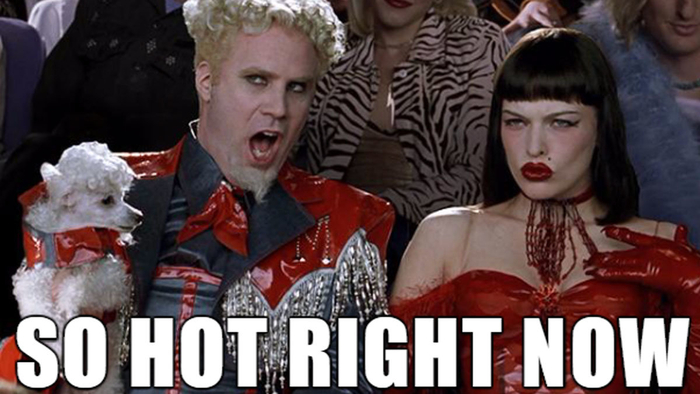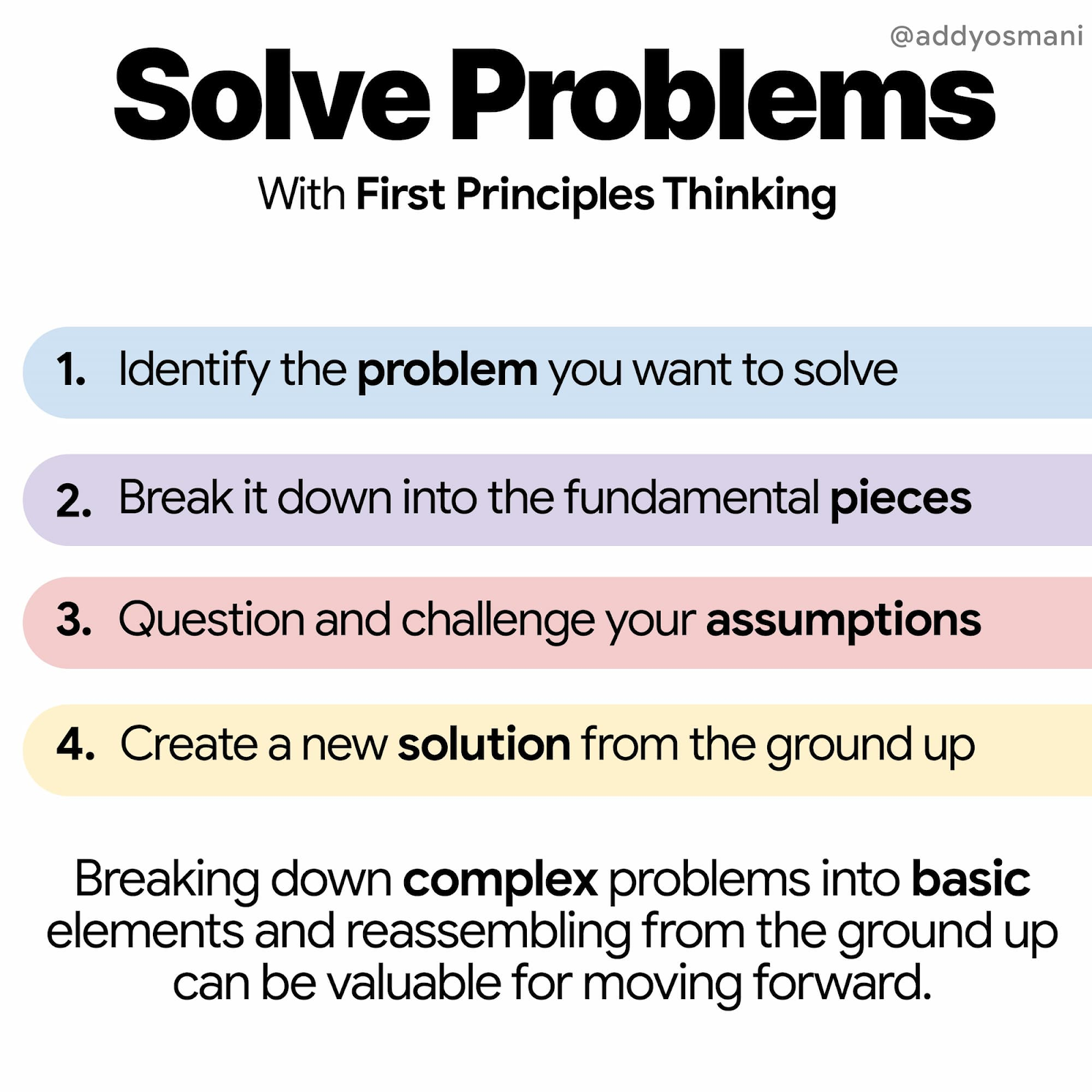“This is the hottest GTM role not enough people are talking about,” Kyle Poyar of Growth Unhinged recently wrote on LinkedIn. “It's not an AE, SDR, demand gen person or content marketer. It'll be a GTM/growth ops owner.”
Is GTM engineer just another passing title trend? An overcorrection as revenue leaders scramble to adapt?

I’m betting it’ll be much bigger than a title. Here’s why:Hiring operationally minded systems thinkers indicates a larger shift in the go-to-market playbook. It’s what SaaS companies need to do to succeed in the age of AI.
As Everett Berry, Head of GTM Engineering at Clay, puts it, “The best CROs are nerds… they look at their revenue org as this giant, almost software-like system where they have different levers they can pull to improve it.”
Sales acumen isn’t enough. Adding dozens of SDRs isn’t scalable. We are rewriting what it means to be a high-performing revenue leader on the fly. Thinking like an engineer is how you can iterate fast while stabilizing your revenue foundation.
“People, processes, and systems are the same as they are in engineering,” explained Shari Johnston, Chief Operating Officer at Winning by Design. “Running a go-to-market engine requires applying the same discipline to drive sustainable growth.”
From Sales-Driven to Systems-Driven
Just a few years ago, scaling meant hiring. To close more deals, you needed more people on your sales team. SDRs prospected and booked meetings. AEs closed deals. Account managers handled upsells and expansion.
Now, a primary performance metric is annual recurring revenue (ARR) per employee. Successful SaaS companies today are the ones who can multiply revenue without multiplying headcount. AI supercharged this trend, allowing smaller teams to be more efficient than ever. This influx of tech, coupled with a lack of VC funding, has CROs questioning whether they need to build a new revenue foundation altogether.
They do.
Companies have to be smarter about how they spend their money and resources. They can’t afford separate siloed roles anymore. It’s too slow, too costly, too disconnected.
“Companies have to be smarter about how they spend their money and resources,” said Sharon Amitai Eli, Head of Customers at BonData. “They can’t afford separate siloed roles anymore. It’s too slow, too costly, too disconnected.”
Moving on from sales-led growth is a complete mindset shift for CROs. But, companies like Clay are proving that sales teams can function more like product teams, leveraging automation and data-driven workflows instead of relying solely on manual prospecting.
“It’s a great time to be working in go-to-market because things that have been difficult or low quality for a long time… those things are on the table for disruption,” Berry says.
From Johnston’s point of view, one of the biggest challenges in SaaS today is the lack of a standardized go-to-market model.
“Imagine if each engineer came into an organization and one of them wanted to use Agile and the other one wanted to use Waterfall—what a mess it would be,” Johnston said. “But that’s exactly what we do in go-to-market today.”
Winning by Design has long championed standard GTM operating models, introducing the concept of “Revenue Architecture,” or a repeatable, scalable, and data-driven way to run revenue generation more like a factory.
“By the time you’re at $10-20 million in revenue, if you don’t have a structured process, you’ll struggle to scale further,” Johnston said.
Why CROs Need an Engineering Mindset
At its core, thinking like an engineer means asking why. It’s about challenging assumptions and breaking down a problem to its most fundamental parts until you find a solution.

This is called first principle thinking. Often used in engineering and scientific pursuits, it can easily be applied to solve SaaS problems, too. Here’s an example:
You’re a CRO at a company providing AI analytics tools to mid-market financial services firms. Your churn rate has increased over the last 90 days, especially among customers in the first six months of their contract. The problem has to be your CS team, right?
Let’s break down the problem using first principles:
What is churn?
Customers don’t see the expected value from your product and decide it’s not worth keeping.
Why are customers failing to see value?
There are a few common reasons:
- They never fully adopt the product—it just sits there, underutilized.
- The product doesn’t actually solve their most pressing problem.
- They don’t have the internal buy-in or budget to keep using it long-term.
To figure that out, your team digs into the data—NPS scores, exit interviews from churned customers, and product usage patterns. A clear pattern starts to emerge:
- The customers who churned struggled with implementation because they didn’t have the right data infrastructure or internal expertise.
- On the flip side, the companies that stuck around and even expanded their accounts? They already had strong data teams and a clear reason for using AI-driven analytics.
Where’s the real breakdown?
It happens before customers even sign the contract. Sales cast too wide of a net, bringing in early-stage fintech startups who lack a mature data infrastructure and marketing prioritized lead volume over quality.
“Companies think they have a churn problem when in reality, they’re bringing in the wrong ICP to begin with,” Johnston said. “No amount of customer success effort will fix that.”
Instead of hiring more CSMs or overhauling your onboarding, you now know that resources should go to better sales qualification and revising the ICP on your marketing campaigns.
Core Tenets of an Engineering Mindset
Data is the Foundation
You can’t succeed long-term without a foundation of clean data. Period. All GTM teams need to be aligned around a single, standardized view of their data. This is how you can break down silos and have sales, marketing, and customer success all working as one revenue team.
Once the data foundation is solid, you can use AI to build better data pipelines, automating everything from lead enrichment to customer segmentation. But the data has to come first.
“If you start early and establish your pipelines well, you build a stronger foundation,” Amitai Eli said. “If you’re a larger company, you need to invest in data-focused teams to clean up the mess before you can implement AI effectively.”
Automation is the Force Multiplier
This is where you can scale your efforts exponentially without dramatically increasing headcount. Rather than relying on manual outreach, teams can use AI to automate lead qualification, outbound engagement, and customer handoffs.
“One of the biggest hurdles is getting over the instinct not to automate things,” Berry said. “Every time you have a process that requires someone to do the same thing over and over, that’s a target for automation.”
Support from leadership can make or break the adoption of AI and automation across go-to-market teams, whether you’re hiring GTM Engineers or not.
“AI is already being used, whether companies acknowledge it or not,” Amitai Eli shared. “If leaders don’t train their teams properly, employees will use the wrong tools and create security risks. It’s better to enable and educate rather than restrict.”
Experimentation is the Differentiator
A CRO with an engineering mindset continuously tests, refines, and optimizes their go-to-market motions.
Don’t be afraid to bring structured models and experiments to more creative outputs. Beyond A/B testing subject lines, things like outbound campaigns are ripe for experimentation and creative problem-solving from your GTM team.
“Outbound itself is creative,” Berry explains. “The copy you send, who you send it to, why you send it—these are all dimensions to experiment on.”
And don’t forget to experiment across roles and responsibilities. GTM Engineering can incorporate aspects of sales, marketing, customer success, and operations, eliminating silos from the jump.
“At the end of the day, everyone’s goal is customer success,” Amitai Eli said. “It’s also revenue, but we want successful customers. And that means breaking down silos.”
Implementing an Engineering Mindset in Your GTM Strategy
Build the Right Team
Companies should prioritize hiring versatile builders who can get technical and think across department lines to create 1:many solutions.
Oftentimes what we see is a very top-of-the-funnel focus while retention and expansion are ignored. But to be a successful CRO, you need to optimize for both.
“Oftentimes what we see is a very top-of-the-funnel focus—closing new logos being 90% of the effort—while retention and expansion are ignored,” Johnston said. “But to be a successful CRO, you need to optimize for both.”
That means thinking about the GTM function as a whole instead of a series of departments. You can pull a marketing lever here or a sales lever there, but ultimately, it should work as one revenue engine.
Amitai Eli estimates that in 18 months, those who fail to adapt to AI will be replaced by those who did or by new job requirements. It’s the CRO's job to model an engineering mindset and either hire or help the team reskill to meet new market demands.
Rethink Scaling
Rather than simply adding more sales reps or CSMs, CROs should invest in technology that increases efficiency—and enable their teams to use it effectively.
Remember, automation is the force multiplier. In today’s market, scaling tech is more important than scaling headcount. We’ve heard the refrain of “less with more” for years now, but until recently, there wasn’t good enough tech to really do it.
Leveraging the right tools can help you scale revenue faster with a leaner team. And you’ll be agile enough to deploy new GTM motions as you grow.
“If you have a $100,000 ACV, your sales and marketing motion should look very different than a $5,000 ACV motion,” Johnston said. “Yet many companies try to apply the same approach to both.”
CROs who think like engineers recognize this and can create new solutions when bugs start to creep in.
Adopt a Test-and-Learn Culture
High-performing revenue organizations embrace rapid iteration over perfection. Just like the engineering team ships an update, gathers feedback, and adjusts, the GTM team can run small experiments, testing and adapting fast as the data comes in.
“Many orgs are hesitant to touch their inbound processes,” Berry said. “They test outbound because it feels lower risk. But inbound and sales operations should be areas of experimentation too.”
From AI hackathons to pilot programs, leaders can drive an experimentation culture by encouraging teams to work on cross-functional projects, pitch solutions, and use data to find gaps in the current process.
Experimentation is a muscle—the more teams test and iterate, the stronger they become. CROs who embed a culture of testing, data-driven decisions, and AI-driven efficiency will build more adaptive, high-performing GTM teams.
The Future CRO is an Architect of Growth
Things are changing fast in the world of go-to-market. The lines between sales, marketing, and customer success are blurring. To succeed in this era of efficiency and AI, the revenue leaders of the future will be those who think of their organizations as a collection of interconnected systems with levers they can adjust for growth.
The best CROs are nerds… they look at their revenue org as this giant, almost software-like system where they have different levers they can pull to improve it.
The rise of GTM Engineering isn’t about adding a shiny new function. It’s a blueprint for how modern CROs can build scalable, efficient revenue engines. Those who embrace it now will have the advantage.


